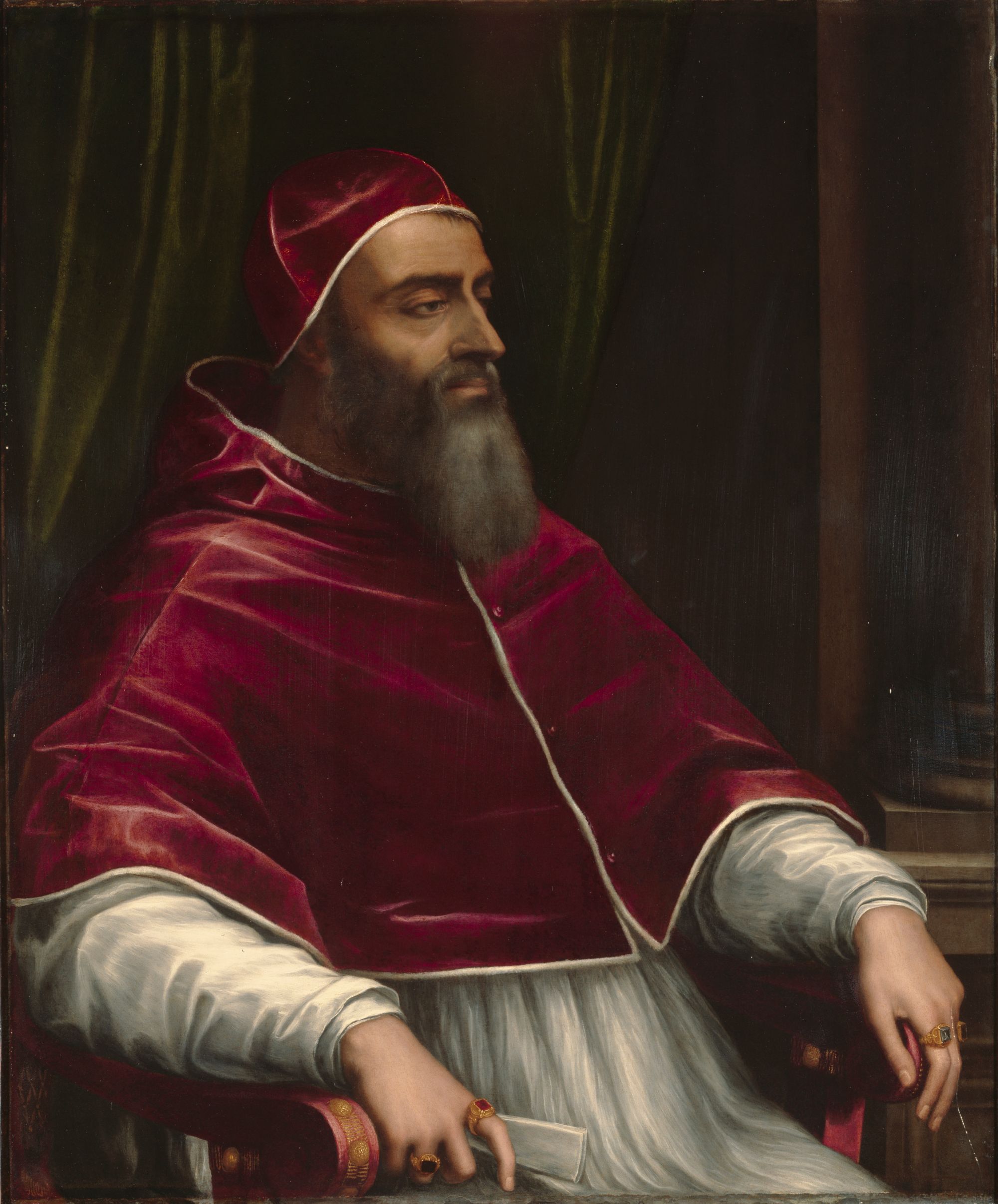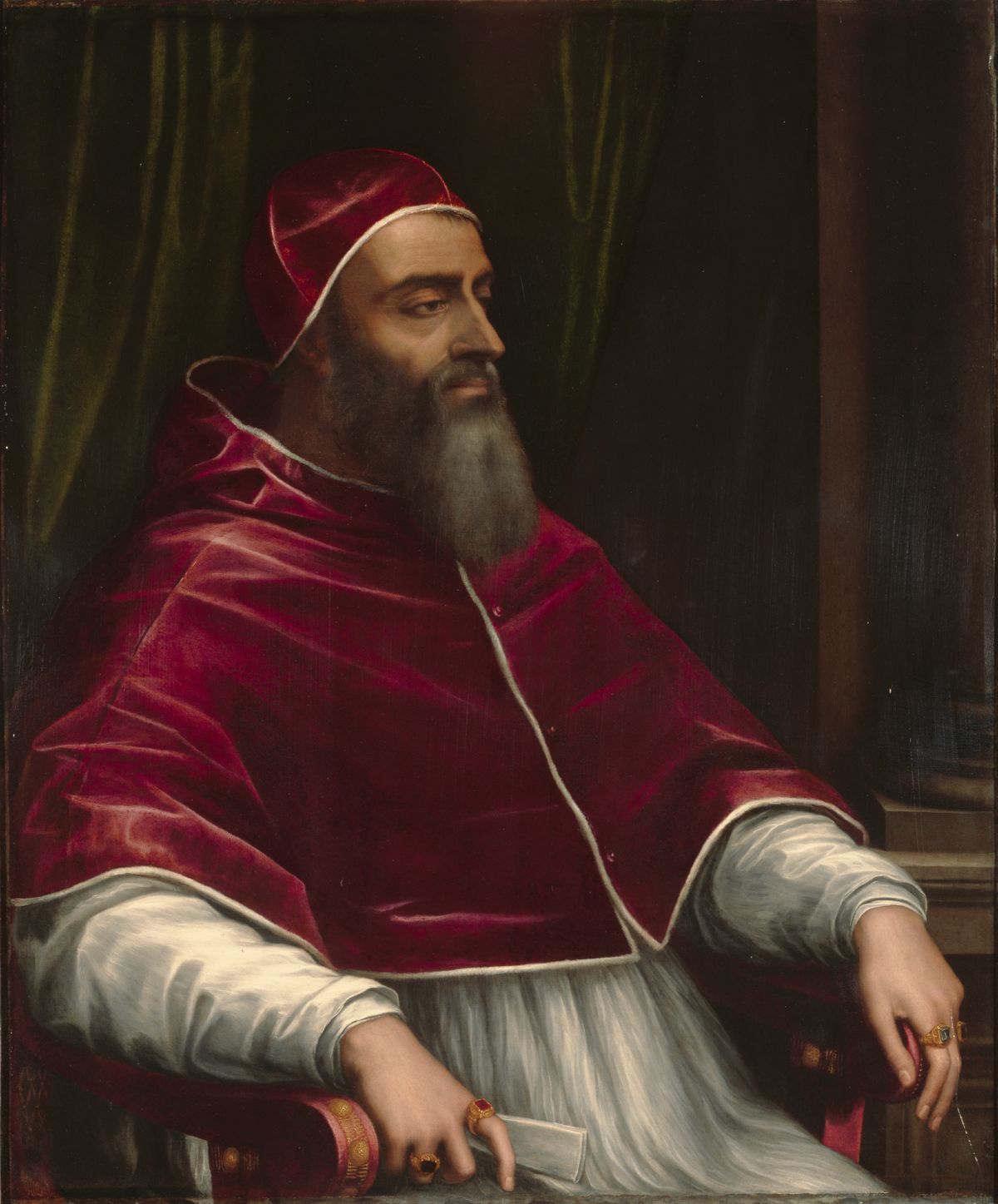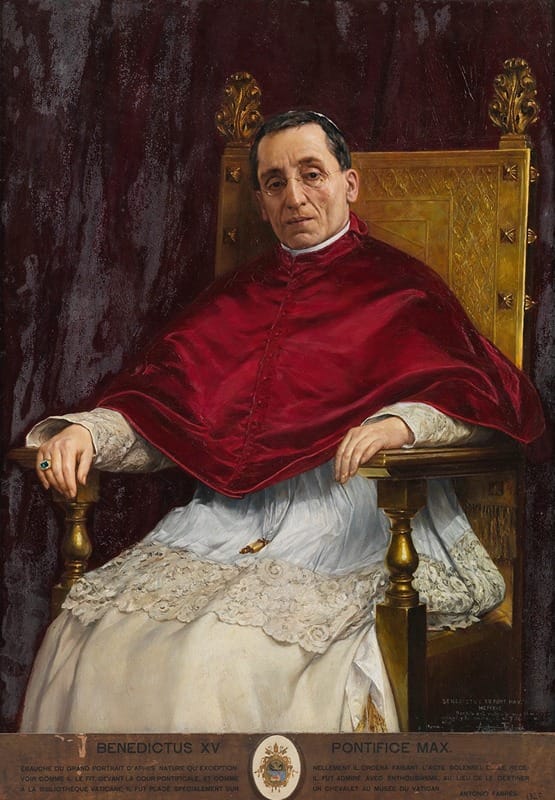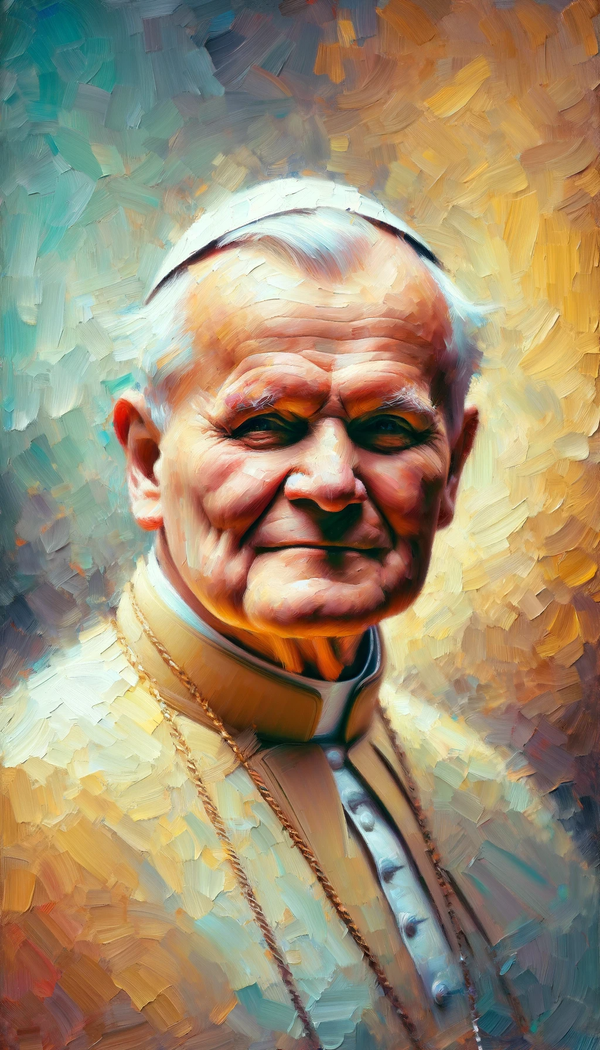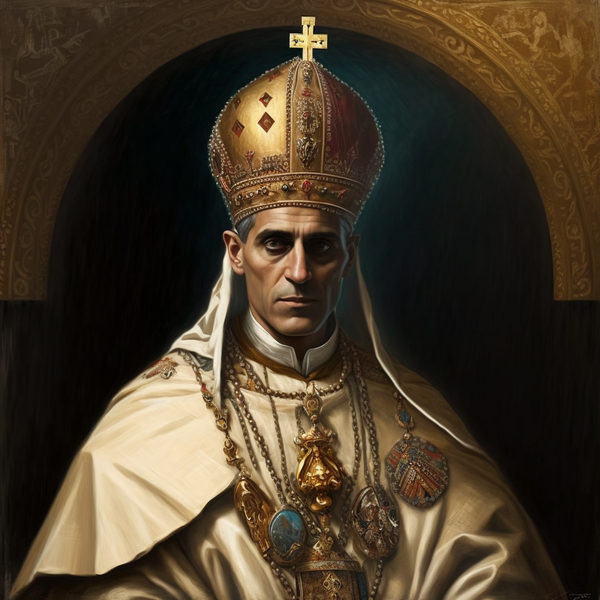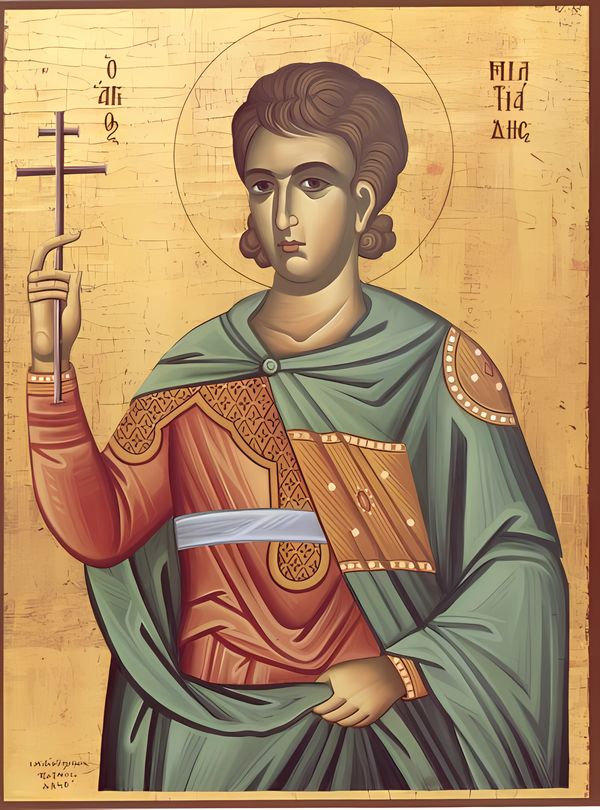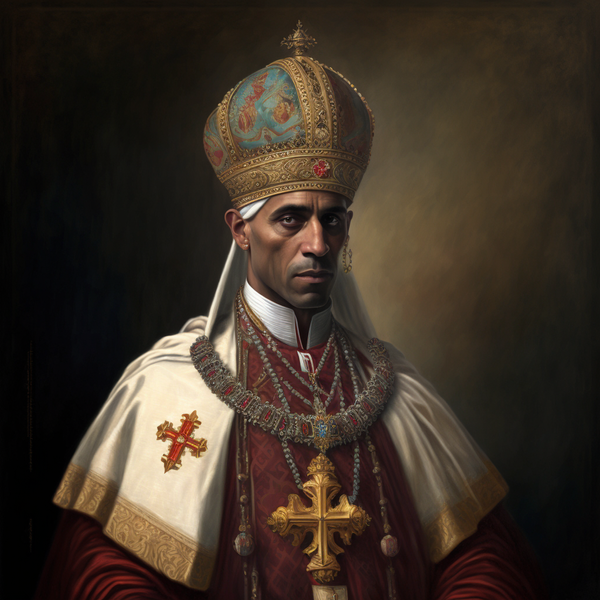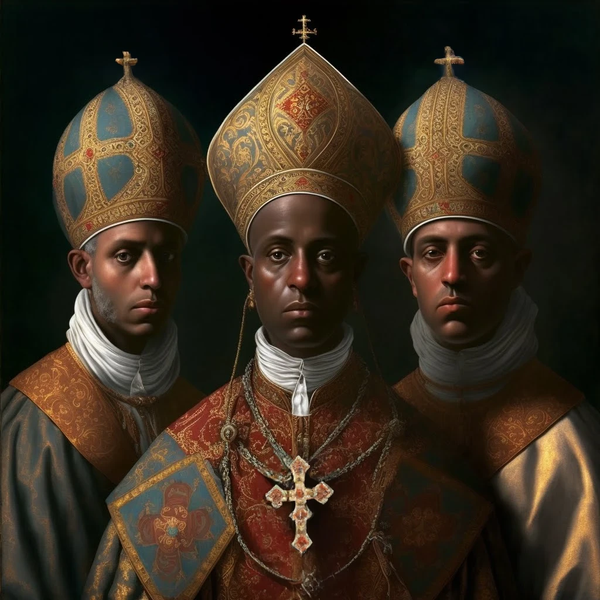Following a model established for papal portraits by Raphael two decades earlier, Sebastiano del Piombo painted Pope Clement VII (Giulio de'Medici, reigned 1523–1534) in three-quarter length and seated in an armchair, positioned diagonally to the picture plane.
In a letter dated July 22, 1531, Sebastiano told his friend and mentor Michelangelo that Pope Clement had visited his studio to see his recently completed portrait, which was painted on canvas. Satisfied with Sebastiano’s work, the pope ordered this second version for his collection, to be painted on slate. The practice of painting on slate or stone is generally thought to have begun in Rome in the early 1500s. Sebastiano had begun experimenting with stone supports around 1530, and had come to favor it for certain important commissions because he believed that paintings on stone lasted longer than those on canvas or wood. His biographer Giorgio Vasari (1511–1574), in his Lives of 1550, asserted that “pictures painted on slate last much longer than any other material.” Pope Clement evidently shared Sebastiano's enthusiasm for the support, which served to immortalize his portrait. Ironically, the stable, durable paint surface and lasting colors that could be achieved on slate were negated by the stone’s inherent fragility—especially during movement.
Free Downloads Below
Hi-Res
1200px
800px
